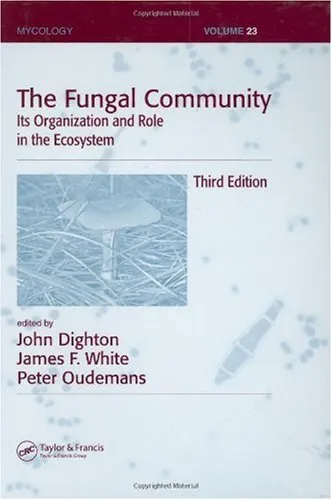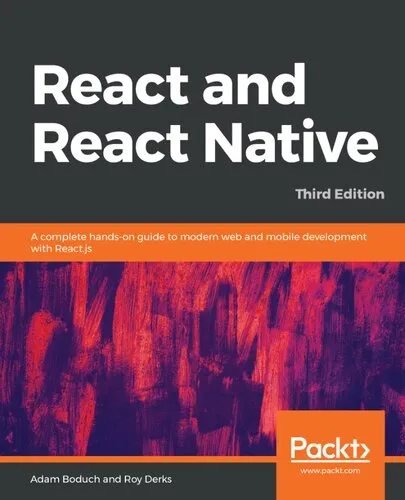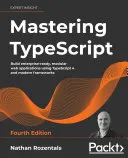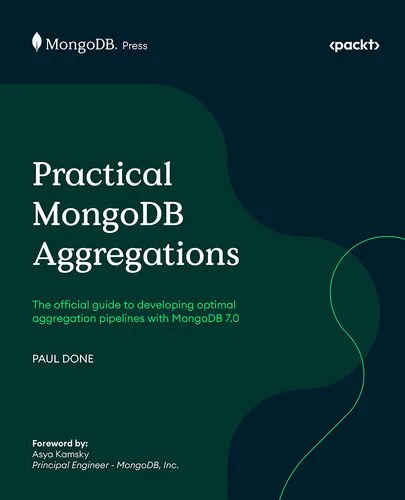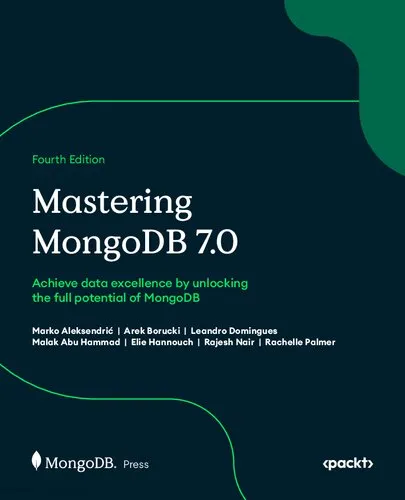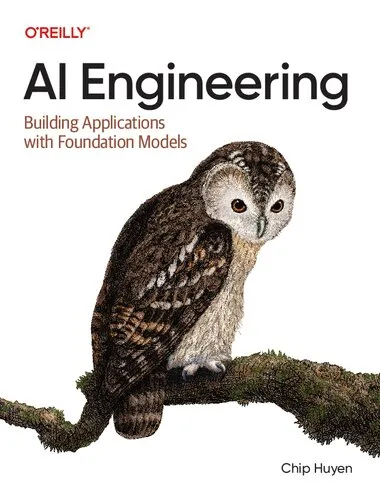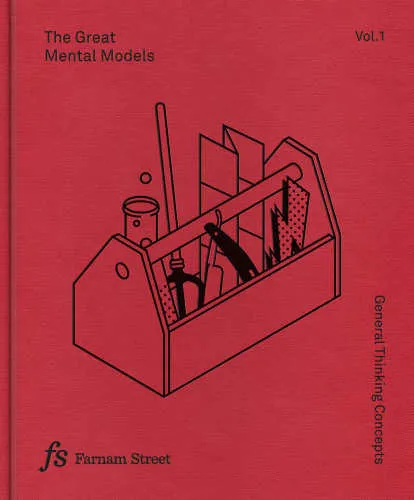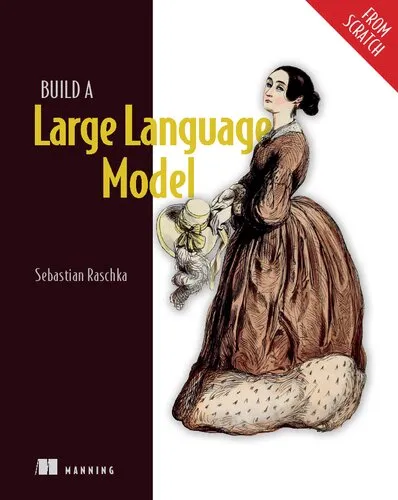The Fungal Community: Its Organization and Role in the Ecosystem, Third Edition
4.6
Reviews from our users

You Can Ask your questions from this book's AI after Login
Each download or ask from book AI costs 2 points. To earn more free points, please visit the Points Guide Page and complete some valuable actions.Related Refrences:
The Fungal Community: Its Organization and Role in the Ecosystem, Third Edition addresses many of the questions related to the observations, characterizations, and functional attributes of fungal assemblages and their interaction with the environment and other organisms. This edition promotes awareness of the functional methods of classification over taxonomic methods, and approaches the concept of fungal communities from an ecological perspective, rather than from a fungicentric view. It has expanded to examine issues of global and local biodiversity, the problems associated with exotic species, and the debate concerning diversity and function. The third edition also focuses on current ecological discussions - diversity and function, scaling issues, disturbance, and invasive species - from a fungal perspective. In order to address these concepts, the book examines the appropriate techniques to identify fungi, calculate their abundance, determine their associations among themselves and other organisms, and measure their individual and community function. This book explains attempts to scale these measures from the microscopic cell level through local, landscape, and ecosystem levels. The totality of the ideas, methods, and results presented by the contributing authors points to the future direction of mycology.
Free Direct Download
You Can Download this book after Login
Accessing books through legal platforms and public libraries not only supports the rights of authors and publishers but also contributes to the sustainability of reading culture. Before downloading, please take a moment to consider these options.
Find this book on other platforms:
WorldCat helps you find books in libraries worldwide.
See ratings, reviews, and discussions on Goodreads.
Find and buy rare or used books on AbeBooks.
1244
بازدید4.6
امتیاز0
نظر98%
رضایتReviews:
4.6
Based on 0 users review
Questions & Answers
Ask questions about this book or help others by answering
No questions yet. Be the first to ask!
